The islands of Japan cover different climatic zones, resulting in a diverse range of wildlife - including subartic, tropical and endemic species.
There are around:
- 130 species of mammal
- 600 species of bird (250 breeding in Japan)
- 70 species of reptile
- 300 species of butterfly
- 4000 - 6000 species of plant
1
Whooper swan
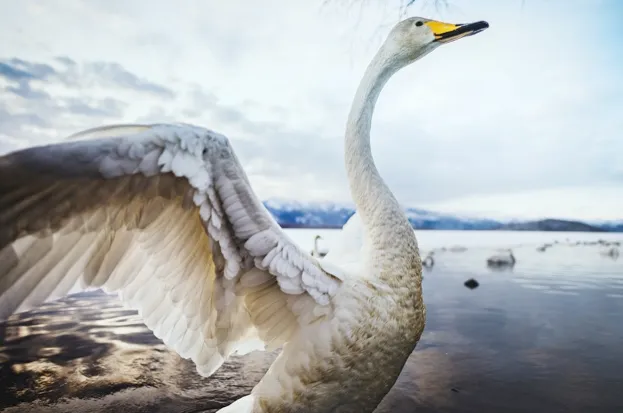
This winter visitor from the far north lingers in Japan until April. Famously, flocks gather around hot, volcanic springs on the otherwise frozen Lake Kussharo on Hokkaido. Many an impressive photograph has been taken here as the birds drift through steam like will-o’-the-wisps.
2
Japanese macaque
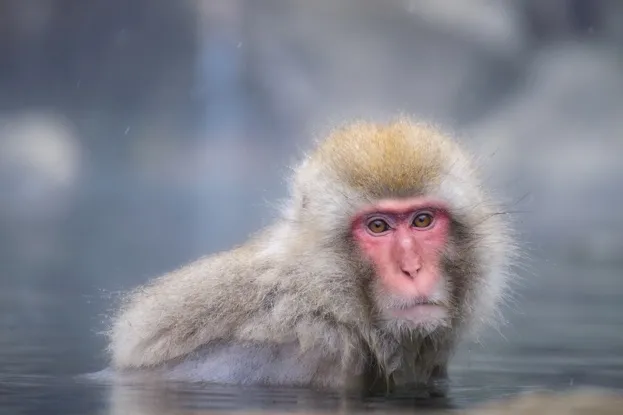
This monkey, unique to Japan, tolerates the coldest conditions of any other primate. Famously, one population (at Yudanaka on the main island of Honshu) has learned to bathe in thermal springs. These ‘snow monkeys’ are a major tourist attraction.
3
Sika deer
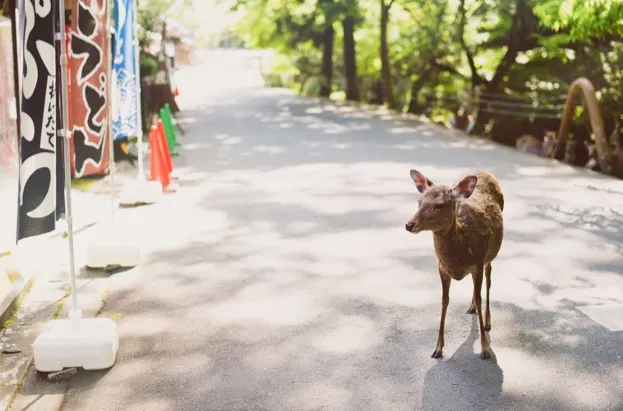
Introduced to Britain in 1860 but here in its native range, the sika is closely related to red deer. Inhabiting forests across Japan, single-sex groups are the norm in spring. Some bold individuals beg for food at a temple in Nara on Honshu.
4
Red fox
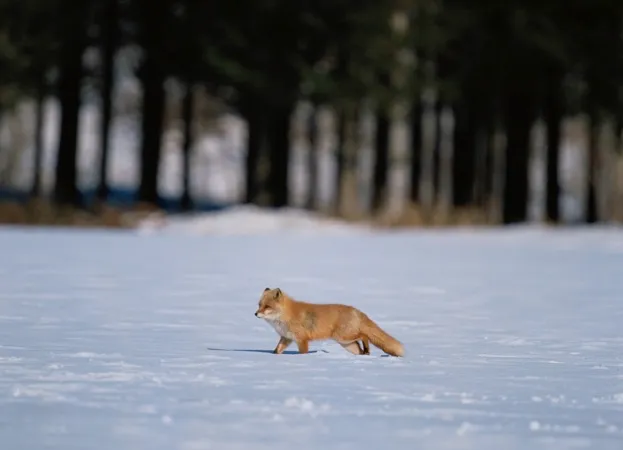
Hokkaido’s foxes may be instantly recognisable, but the subspecies occurring here is wrapped in a dense, furry coat that gleams against the snow. Active by day, Hokkaido’s foxes are extrovert and curious, readily hunting for food atop the frozen sea.
5
Blakiston’s eagle owl
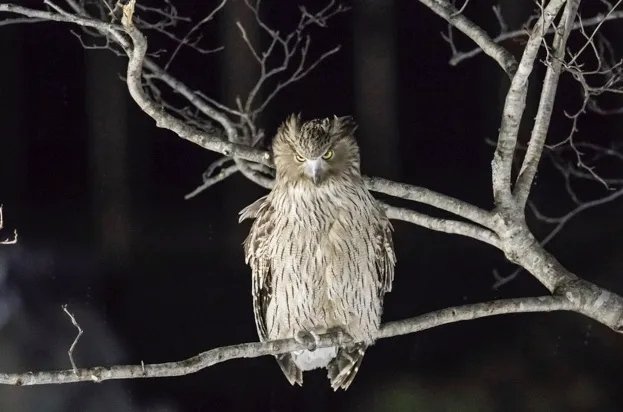
Among the rarest and most sought-after of all the world’s night birds is Blakiston’s eagle owl, but this fish-muncher is reliably seen at two hotels on Hokkaido. The indigenous Ainu people believe that the owl is a deity that protects villages.
6
Steller’s sea-eagle
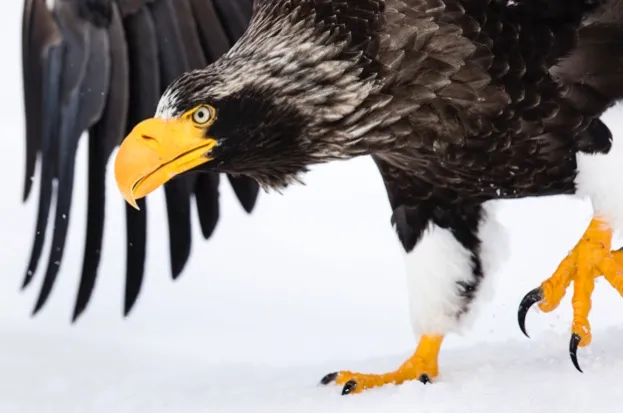
On weight and wingspan, this giant is a contender for the world’s largest eagle. It’s also stunning: black and white with a yellow bill, eyes and feet. The population mainly winters on Hokkaido, gathering in hundreds on sea ice and at feeding stations.
7
Japanese cherry tree
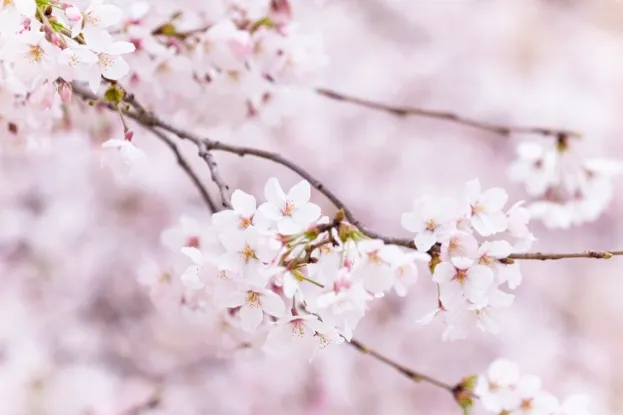
Each spring people track the sakura zensen, the northwards wave of mass blooming of the Japanese cherry tree. The front starts at Okinawa in January, passes through Kyoto and Tokyo in March–April, and reaches Hokkaido towards the end of April.
8
Red-crowned crane
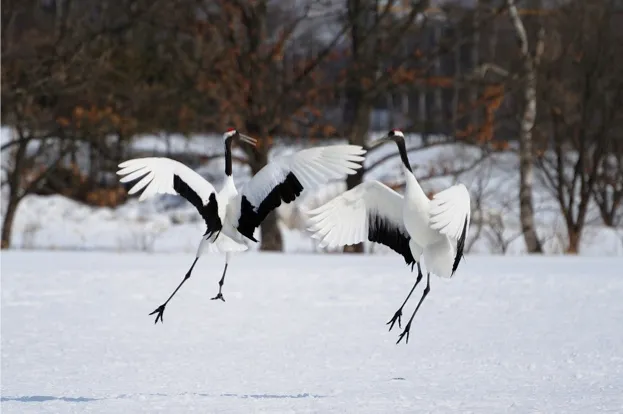
Early spring sees Japan's iconic red-crowned cranes dance in display. Also known as the Japanese crane or tancho, they are Japan's 'bird of happiness'. They are over 1.5m tall, with a 2.5m wingspan. They are listed as Endangered on the IUCN Red List.
9
Japanese giant salamander
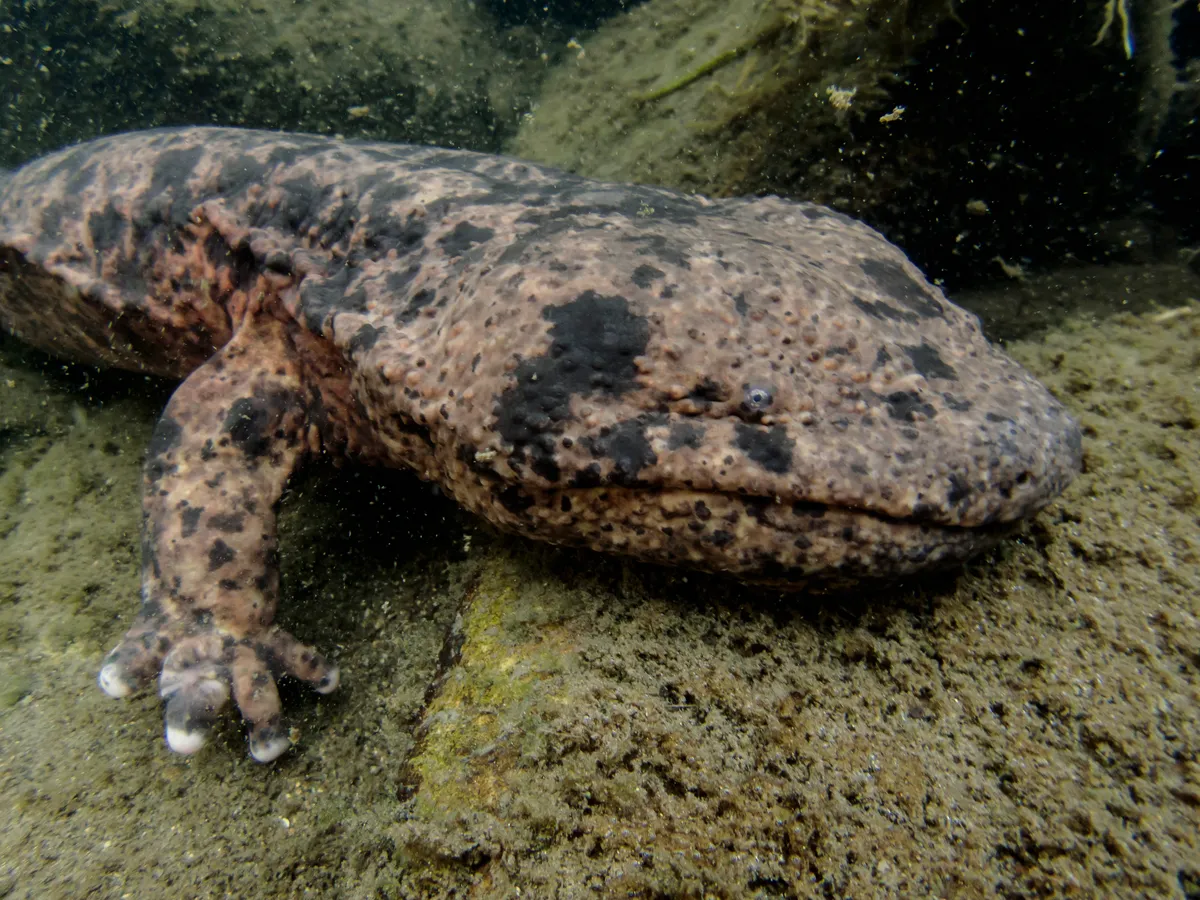
The world's second-largest salamander - up to 1.5m long. They are nocturnal and inhabit cold, fast-flowing rivers in upland Kyushu and Honshu. Remarkable but hard to see! May & June (late spring) offers a chance.
10
Amami rabbit
A black rabbit occurring in old-growth forests on two subtropical islands in the Ryuku Archipelago. An evolutionarily distinct and globally endangered (EDGE) species, regarded as a living fossil and housed in its own genus.

